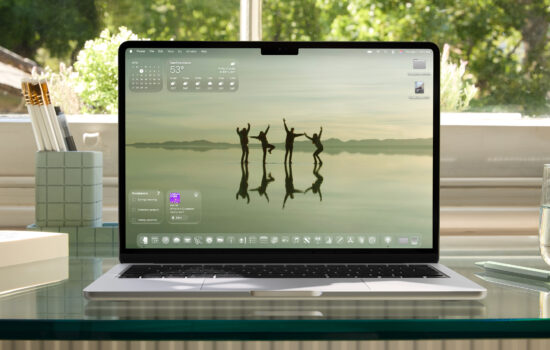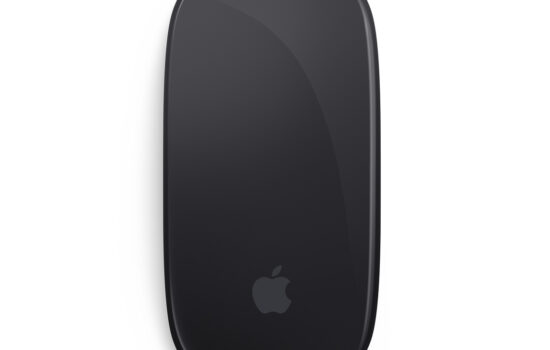On this day in 1984, Apple released the original Macintosh – the personal computer that paved the way for Apple’s ongoing lineup of devices we know and love today. In fact, it’s now known as the “Macintosh 128K” by historians as it references the 128KB built-in RAM it had. That’s right, we’ve come a long way when it comes to how much storage/memory today’s computers have. As we celebrate this monumental anniversary, why don’t we go back in time to learn a brief history of the Mac lineup.
Back in the early 1980, Apple was facing stiff competition against IBM and Microsoft. Just before the big company released this ambitious project, it released this iconic commercial that introduces the aforementioned product.
At that time, Steve Jobs wasn’t in charge of Apple even after he co-founded the company. In fact, John Sculley took the position as CEO. Unfortunately, things did not go well between the two people. They even argued about what the starting price the original Macintosh should be. Jobs voted for $2,000 to put the product in a competitive position against other PCs at the time. But Sculley thought it should be $2,500 to recoup all the costs into researching and engineering for the product.
Just months after Apple released the Macintosh, Jobs left the company after the employees chose Sculley as their leader instead of him. Shortly after, he started his own company called NeXT, which would soon merge with Apple later in the 1990s.
During that time, Apple wasn’t in a very good position. Throughout the 1980s/1990s, Apple was selling too many Mac models that its marketing strategy was a complete mess. The Windows PC industry had always been ahead in terms of sales and software support that Apple was on the verge of bankruptcy. That was when Jobs returned to Apple, the marketing went back to the drawing board.
In the 1998, Apple introduced the iMac, which arguable saved Apple from bankruptcy for many reasons. For one, its futuristic design along with its extreme simplicity helped the product stand out against ordinary PCs that were shaped as large beige boxes. Secondly, it also paved the way for customers to access the Internet. Along with the introduction of the iBook and the iPod, Apple was back on track as sales were booming.
Until 2005, Apple went through two major transitions for the Mac – 68K to PowerPC (1994-1996) and Mac OS 9 to Mac OS X (2001-2003). Jobs took onstage to announce that it will transition its entire Mac lineup from the PowerPC to Intel processors next year. The transition benefited the entire Mac lineup as users could finally use Windows on a Mac via Boot Camp. Shortly after, Apple introduced the iconic MacBook Air, an ultra-thin notebook that shaped the future of the notebook. This included a unibody design for improved durability and solid-state storage for better reliability.
You might think things were looking good for Apple from that point on. Not exactly, you see, Intel was facing problems on its own as the company was struggling to produce its next-generation processors that would be more energy-efficient. In fact, the MacBook Pro back then would even thermal-throttle. As Apple has been producing its own silicon for the iPhone and iPad, Apple would take on the next big leap for the Mac – to transition all of its Macs to Apple Silicon. That’s exactly what Apple did. With all of its notebooks featuring M1/M1 Pro/M1 Max chips, they provide incredible energy efficiency while delivering blazingly-fast performance. Now that it’s 2022, we can’t wait to see what Apple has in store for its higher-end desktop products, including the higher-end variation of the M1 chip.
We hope you enjoyed reading the history of the Mac. Let us know what your favorite Mac product was in the comments below or tweet us at @Appleosophy.









Wow the video in the original Ad can be used to describe how Apple snares and controls its users 🙂